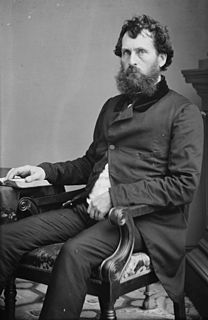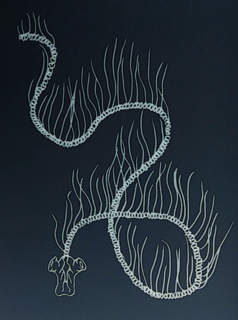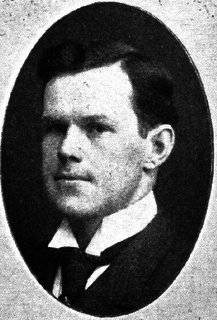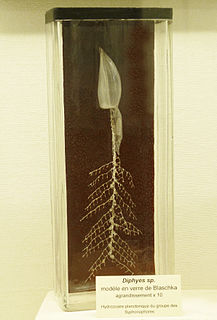
Bigelow is a town in Perry County, Arkansas, United States. Located in Central Arkansas near the confluence of the Fourche La Fave River and Arkansas River, the community was incorporated in 1905 as Esau. Based largely on the timber industry, the town grew until the lumber mills were closed in 1920. The population was 329 at the 2000 census.

Kathryn Ann Bigelow is an American film director, producer, and screenwriter. Covering a wide range of genres, her films include Near Dark (1987), Point Break (1991), Strange Days (1995), K-19: The Widowmaker (2002), The Hurt Locker (2008), Zero Dark Thirty (2012), and Detroit (2017).

John Bigelow Sr. was an American lawyer, statesman and a historian who edited the complete works of Benjamin Franklin.
Bigelow Aerospace is an American space technology startup company which manufactures and develops expandable space station modules. Bigelow Aerospace was founded by Robert Bigelow in 1998, and is based in North Las Vegas, Nevada. It is funded in large part by the profit Bigelow gained through his ownership of the hotel chain, Budget Suites of America.

Abbott Lawrence was a prominent American businessman, politician, and philanthropist. He founded Lawrence, Massachusetts.

Scott Charles Bigelow was an American professional wrestler, better known by the ring name Bam Bam Bigelow. Recognizable by his close to 400-pound frame and the distinctive flame tattoo that spanned most of his bald head, Bigelow was hailed by Ryan Murphy as "the most natural, agile and physically remarkable big man of the past quarter century", while former co-worker Bret Hart described him as "possibly the best working big man in the business."

Josiah Quincy III was a U.S. educator and political figure. He was a member of the U.S. House of Representatives (1805–1813), Mayor of Boston (1823–1828), and President of Harvard University (1829–1845). The historic Quincy Market in downtown Boston is named in his honor.
Henry Bryant Bigelow was an American oceanographer and marine biologist.

The cusk-eel family, Ophidiidae, is a group of marine boney fishes in the order Ophidiiformes. The scientific name is from the Greek ophis meaning "snake", and refers to their eel-like appearance. True eels, however, diverged from other ray-finned fish during the Jurassic, while cusk-eels are part of the Percomorpha clade, along with tuna, perch, seahorses, and others.

Somniosus is a widely distributed genus of deepwater dogfish sharks in the family Somniosidae. Several members of the genus are believed to attain lengths up to 7 m (23 ft), thus ranking among the largest of sharks.

Edward Manning Bigelow (1850–1916), known as the "father of Pittsburgh's parks", was an American City Engineer and later Director of Public Works in Pittsburgh, Pennsylvania. He was responsible for major improvements in city's infrastructure, such as new boulevards, waterworks, and parks, many of them in today's Oakland neighborhood.

Squilla is a genus of mantis shrimp. It includes the following species:

Orson Knapp Miller Jr. was an American mycologist. He published numerous papers in mycology and was responsible for the naming of many taxa, as well as being one of the authors erecting the genus Chroogomphus. He described Omphalotus olivascens, several species of Amanita, and the ghoul fungus Hebeloma aminophilum.
Howard Elson Bigelow was an American mycologist, born in 1923 in Greenfield, Massachusetts, and died in 1987. He was wed to mycologist Margaret Elizabeth Barr-Bigelow in 1956. He studied at Oberlin College from 1941 to 1943. He left college to fight in the American army. He returned to Oberlin after the war and obtained his Bachelor of Arts in 1949 and his Master of Arts in 1951. He studied botany at the University of Michigan under the guidance of Alexander Hanchett Smith (1904–1986) and received his doctorate in 1956. Bigelow and his wife worked for University of Massachusetts from 1957 to his death. He is the author of works on the fungi of the genus Clitocybe and the family Tricholomataceae.

Praya is a genus of marine invertebrates in the order Siphonophora. They are colonial, but the colonies can superficially resemble jellyfish; although they appear to be a single organism, each specimen is actually a colony of Siphonophora. It contains the following species:

Prayidae is a family of marine invertebrates in the order Siphonophora. They are colonial, and the colonies can superficially resemble jellyfish; although they appear to be a single organism, each specimen is actually a colony of Siphonophora.

Robert Lavante "Rolla" Bigelow was an American banker and football player. A native of Shiawassee County, Michigan, he played college football for Michigan Agricultural College in 1898 and the University of Michigan from 1902 to 1903. He played for Fielding H. Yost's "Point-a-Minute" teams that compiled a record of 22-0-1 and outscored opponents 1,209 to 18 during the 1902 and 1903 seasons. He later moved to New York where he founded the investment banking firm, Bigelow & Co., in the 1910s. In 1921, he founded Bigelow State Bank, which later became Eastern Exchange Bank.

Limnomedusae is an order of hydrozoans.

The Diphyidae are a family of siphonophores. These are colonial siphonophores with two nectophores arranged one behind the other. The front one includes a somatocyst, while the hind one does not. The somatocyst often contains an oil droplet for buoyancy control. A nectosac in each nectophore allows the organism to swim efficiently.













